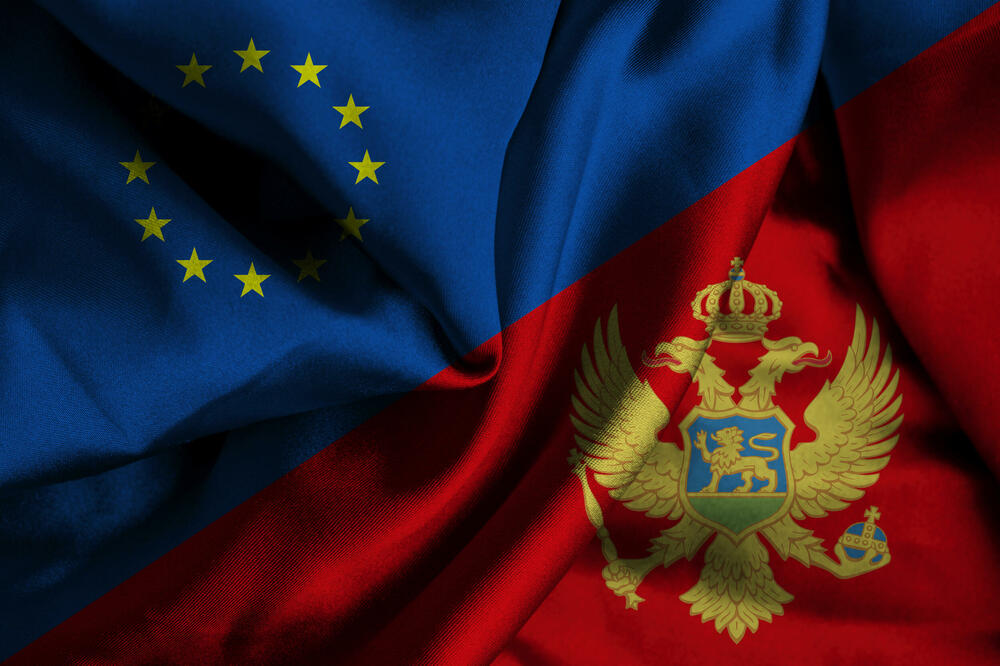Where is Montenegro located on the map of Europe?
Montenegro is located on the map of Europe in the southeastern part of the continent, bordered by Croatia to the west, Bosnia and Herzegovina to the northwest, Serbia to the northeast, Kosovo to the east, and Albania to the southeast.
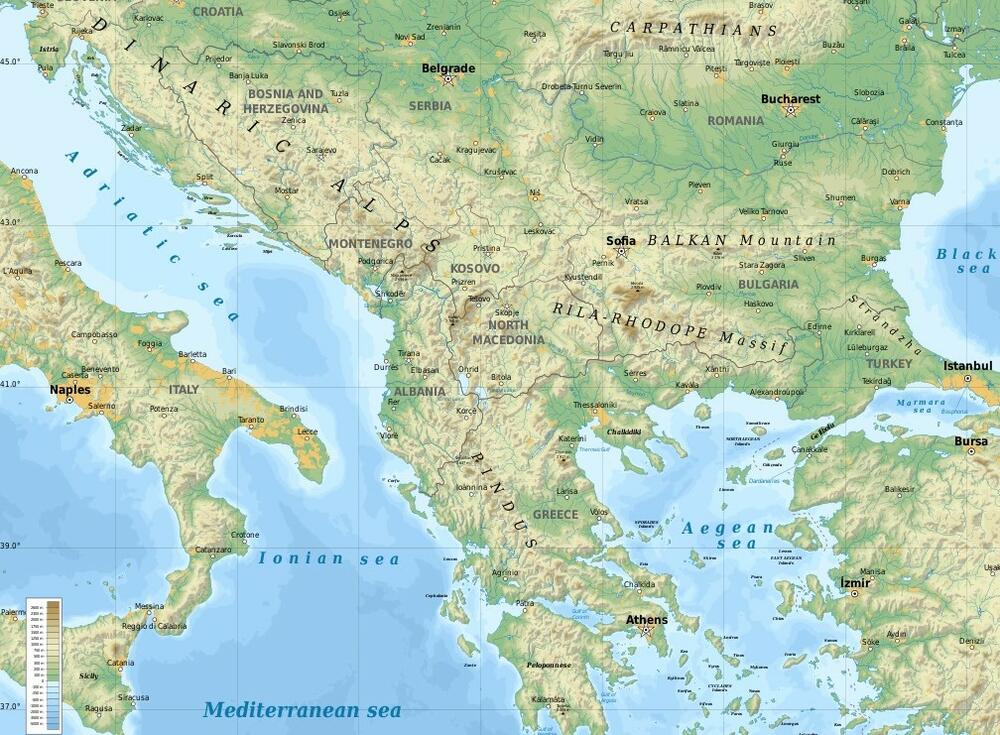
Its map in Europe showcases its proximity to the vibrant Adriatic Sea, enhancing its natural beauty. Montenegro's terrain is characterized by a mix of coastal plains and some of the most rugged terrain in Europe, including the Durmitor range, Mount Orjen, and Mount Lovćen. From the highest point, Bobotov Kuk, to the enchanting Montenegrin coast, Montenegro's map reveals its diverse topography, spanning over 625 km of land boundaries.
Geographical Location of Montenegro
Situated in Europe, Montenegro finds its place on the map in the southwestern corner of the Balkan Peninsula. Nestled between Bosnia, Croatia, Serbia, and the Adriatic Sea, Montenegro's map reveals its strategic position on the continent. When you locate Montenegro on a map of Europe, you'll notice its unique shape, stretching from the rugged mountains in the north to the breathtaking Montenegrin coast in the south.
Major Landforms and Bodies of Water in Montenegro
Montenegro boasts diverse landforms and bodies of water. The Adriatic Sea offers stunning vistas and beaches along the coastline. The largest city, Podgorica, is surrounded by rugged terrain. Montenegro's map reveals its highest point, Bobotov Kuk, at an elevation of 2,522 meters. Moving towards the coast, you'll find charming towns like Budva and Kotor with their historical charm.
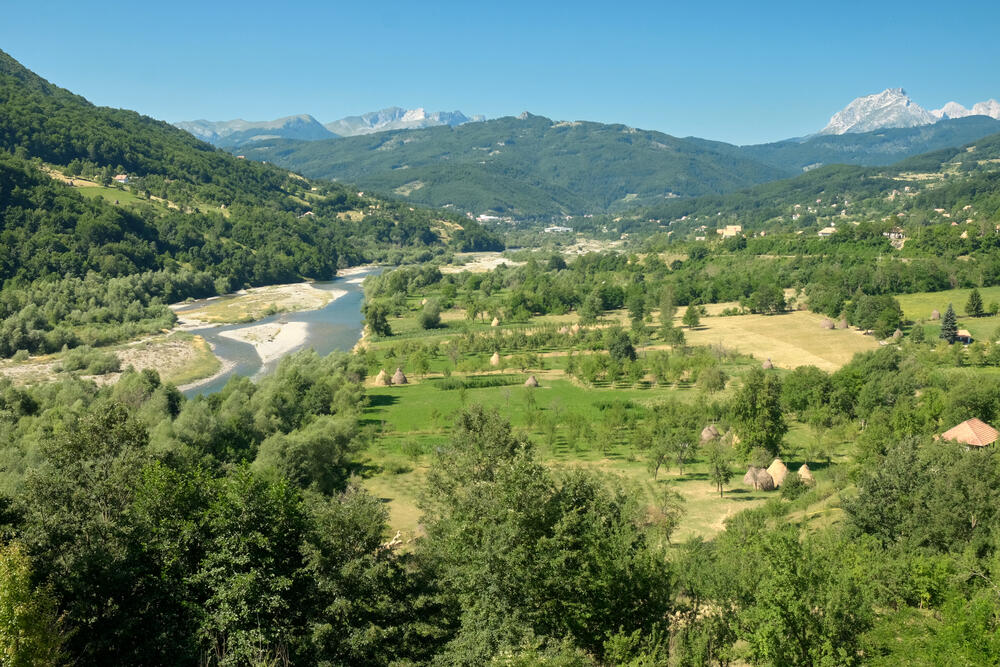
Montenegro's Historic Path
To truly understand Montenegro, we must delve into its captivating history. Over the centuries, Montenegro has experienced a rich tapestry of events that have shaped its identity. From ancient civilizations to resisting Ottoman rule, Montenegro's map in Europe bears witness to the historical milestones that have marked its path. Join us as we unravel the key historical events in Montenegro, delving into the significant junctures that have made it the nation it is today.
Key Historical Events in Montenegro
Montenegro's map in Europe serves as a canvas that depicts the key historical events that have shaped this nation. Through the centuries, Montenegro has faced numerous challenges, but its resilient spirit has prevailed. Explore the historical narrative of Montenegro, from the rise of the medieval state in the city of Cetinje to its regained independence. Montenegro's political map showcases how this resilient nation has overcome various political changes, emerging as an independent country on the European map. Join us on a journey through time as we uncover the key historical events that have defined Montenegro's captivating path.
Montenegro's Transition to Independence
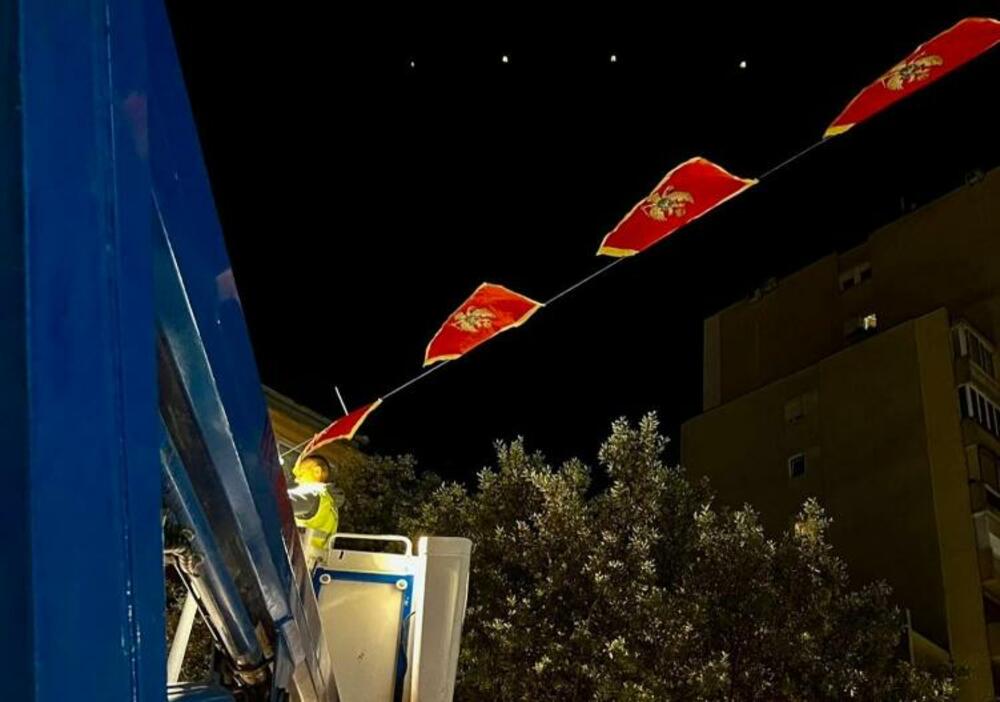
Montenegro's transition to independence was a defining moment in its history, etching its name firmly on the map in Europe. After spending most of the 20th century as part of larger unions and states, Montenegro embarked on a path towards self-rule and sovereignty. Today, Montenegro stands proudly as an independent nation.
The Strategic Importance of Montenegro
Montenegro, with its unique geographic location, plays a pivotal role in the stability and development of the region. Its map in Europe highlights the strategic position it holds on the Balkan Peninsula, bordered by countries like Bosnia, Croatia, and Serbia. Join us as we explore Montenegro's role in regional stability, its diverse locations, and its economic significance. Discover how Montenegro's map in Europe is emblematic of its strategic importance and the impact it has on both a local and global scale.
Montenegro's Role in Regional Stability
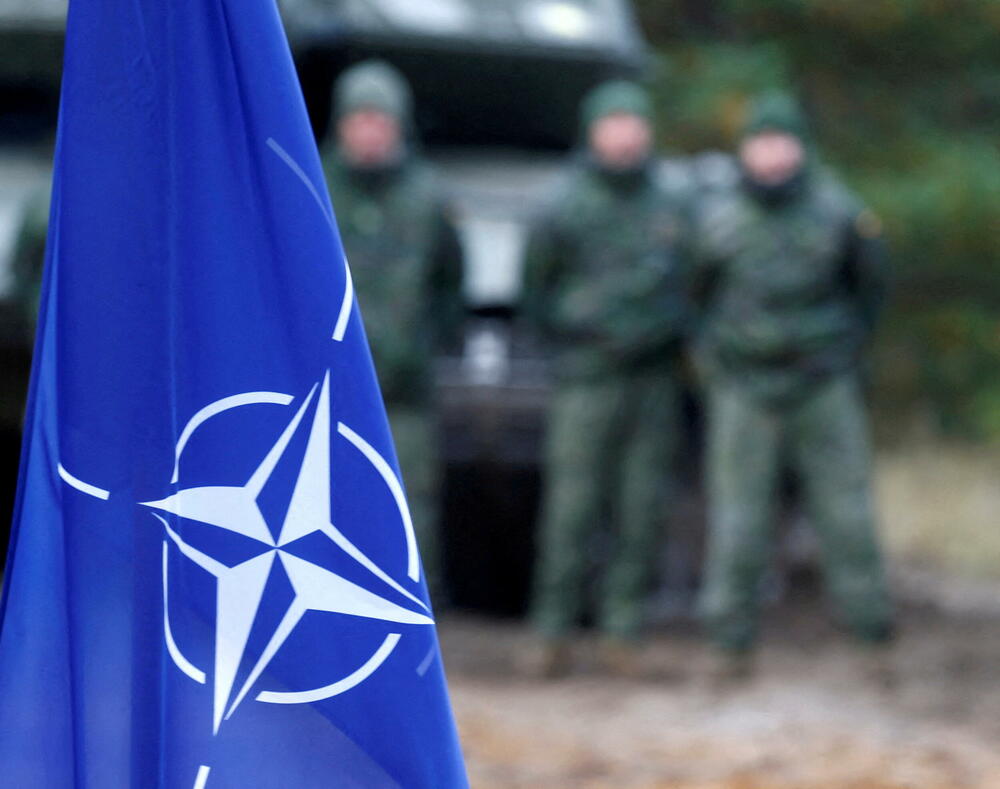
Situated in Southern Europe, Montenegro plays a significant role in ensuring regional stability on the map of Europe. Through its alliances and diplomatic efforts, Montenegro actively promotes peace, security, and cooperation in the region. Explore how Montenegro's actions contribute to regional stability, uniting municipalities, and creating harmonious relationships on its political map. By aligning itself with European values, Montenegro aims to secure a brighter future for not only its citizens but also the entire region.
Montenegro Locations:
Montenegro's map in Europe encompasses a diverse range of locations, each with its distinct character and charm. Let's embark on a virtual tour, exploring some of the must-visit locations in Montenegro:
- Cetinje: This historical city was once the capital of Montenegro, known for its architecture and rich cultural heritage.
- Kotor: Nestled on Montenegro's stunning coast, Kotor is famous for its well-preserved medieval old town, a UNESCO World Heritage Site.
- Bijelo Polje: Located in the north, this vibrant city offers a glimpse into the traditional Montenegrin way of life, with its lively markets and stunning natural surroundings.
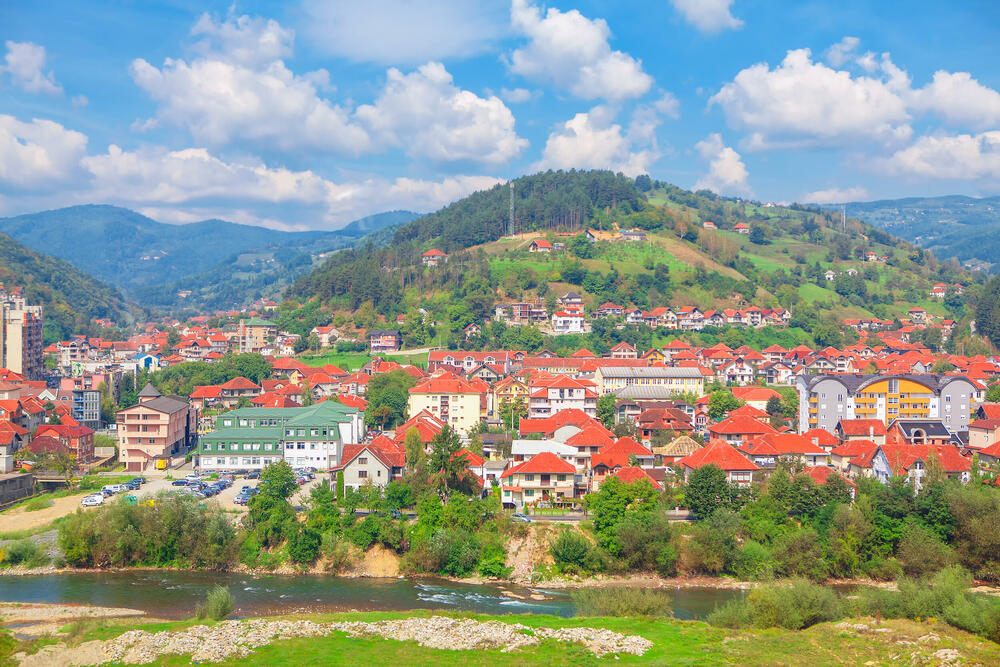
Economic Significance of Montenegro
Montenegro's strategic positioning, diverse landscape, and growing industries contribute to its economic potential. Key sectors driving the economy include tourism, agriculture, energy, manufacturing, and services. Montenegro's map showcases its economic diversity, from coastlines to fertile land. As Montenegro develops its infrastructure, it becomes an attractive destination for foreign investment. Join us as we explore Montenegro's economic significance and its map in Europe as a blueprint for growth and prosperity.
Ethnicity and Language in Montenegro
The cultural fabric of Montenegro is woven together by its diverse ethnic groups and languages spoken in the country. As we explore Montenegro's map, let's take a moment to understand the ethnic composition and linguistic tapestry that make it a unique and inclusive nation.
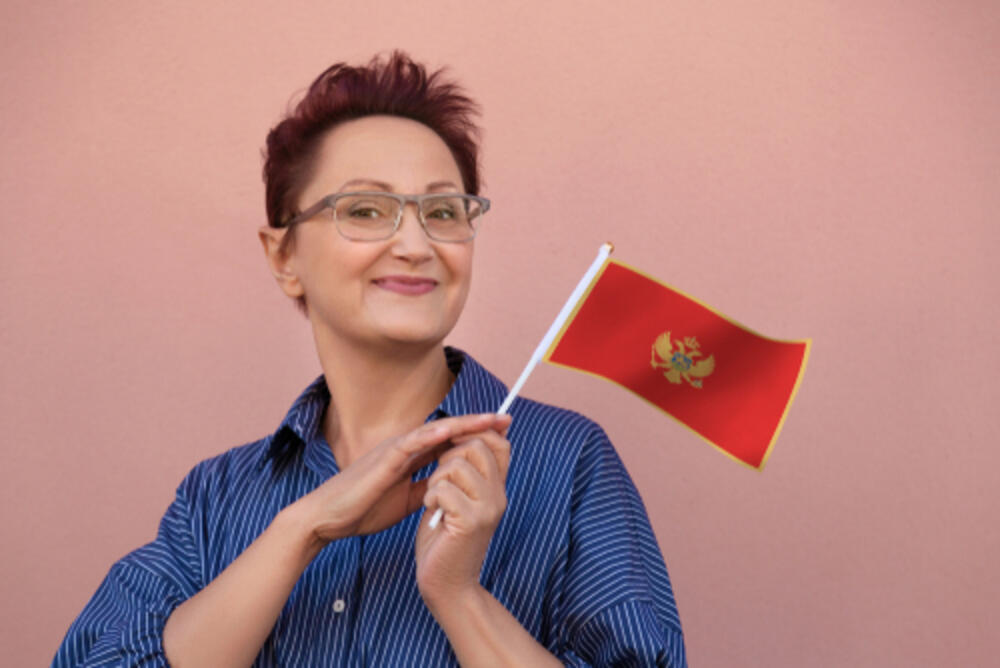
The Ethnic Composition of Montenegro
Montenegro is a multicultural country with a diverse population. Alongside the Montenegrins, there are Serbs, Bosniaks, Croats, Albanians, and others. This ethnic diversity contributes to Montenegro's cultural richness. Experience the vibrant cultural mosaic of Montenegro by exploring its map in Europe.
Languages Spoken in Montenegro
Montenegro's linguistic landscape reflects its history and culture. The official language is Montenegrin, recognized by the constitution, while Serbian, Bosnian, and Croatian are in official use.
Life in Montenegro
Montenegro offers a high quality of life, shaped by its unique geography, rich culture, and welcoming community. From the living conditions to work opportunities, Montenegro provides a nurturing environment for both its citizens and expatriates. Let's delve into life in Montenegro, exploring the living conditions and the diverse career prospects available in this enchanting country.
Living Conditions in Montenegro
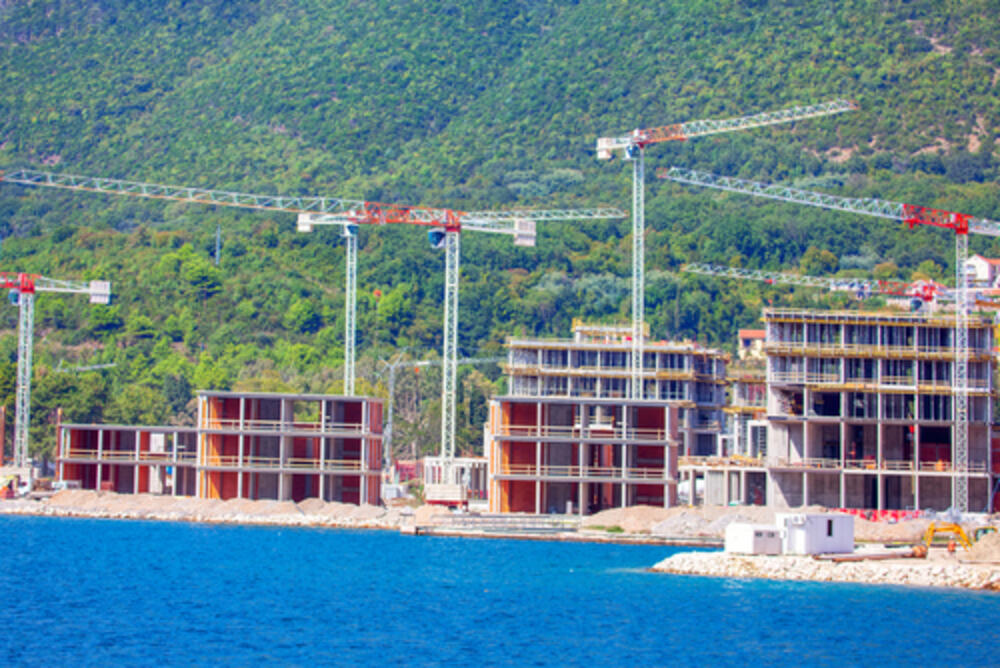
Montenegro's living conditions are influenced by its geography and climate. The country offers a balanced lifestyle amidst stunning natural landscapes, blending tradition and modernity. Whether it's coastal towns with pristine beaches or mountainous regions with breathtaking views, Montenegro caters to various lifestyles. Explore the map and discover why Montenegro is an appealing destination for those seeking a high quality of life.
Work Opportunities in Montenegro
Montenegro offers work opportunities in various sectors, making it a potentially attractive destination for professionals. The growing economy provides diverse career prospects in tourism, agriculture, energy, and manufacturing. With its commitment to economic growth and development, Montenegro offers employment options to both locals and expatriates. Amidst stunning natural landscapes, individuals can find fulfilling work that aligns with their interests and skills. Whether contributing to the tourism industry or the renewable energy sector, Montenegro's job market is evolving to meet the demands of a dynamic economy.
Montenegro's EU Journey
Montenegro's path towards European Union membership is a key highlight in its journey. Join us as we explore the steps Montenegro has taken towards EU integration, the current state of its accession process, and the impact it will have on the country's future. Montenegro's political map in Europe showcases its determination to embrace European values and strengthen its position on the global stage.
Montenegro's Steps Towards EU Membership
Montenegro is on a path towards EU membership with progress in aligning itself with European standards.
Current State of Montenegro's EU Accession Process
Montenegro's EU accession process is characterized by ongoing reforms, negotiations, and alignment with European standards. As the country continues on its journey towards EU membership, Montenegro's political map reflects its progress and commitment to European integration. The current state of Montenegro's EU accession process highlights its willingness to embrace European values, improve governance, and ensure regional stability. By exploring the current status of Montenegro's EU accession process, we gain insights into its future as a member of the European Union, shaping the country's political landscape and securing its place on the map of Europe.
Montenegro's Economy and Infrastructure
Key Industries in Montenegro
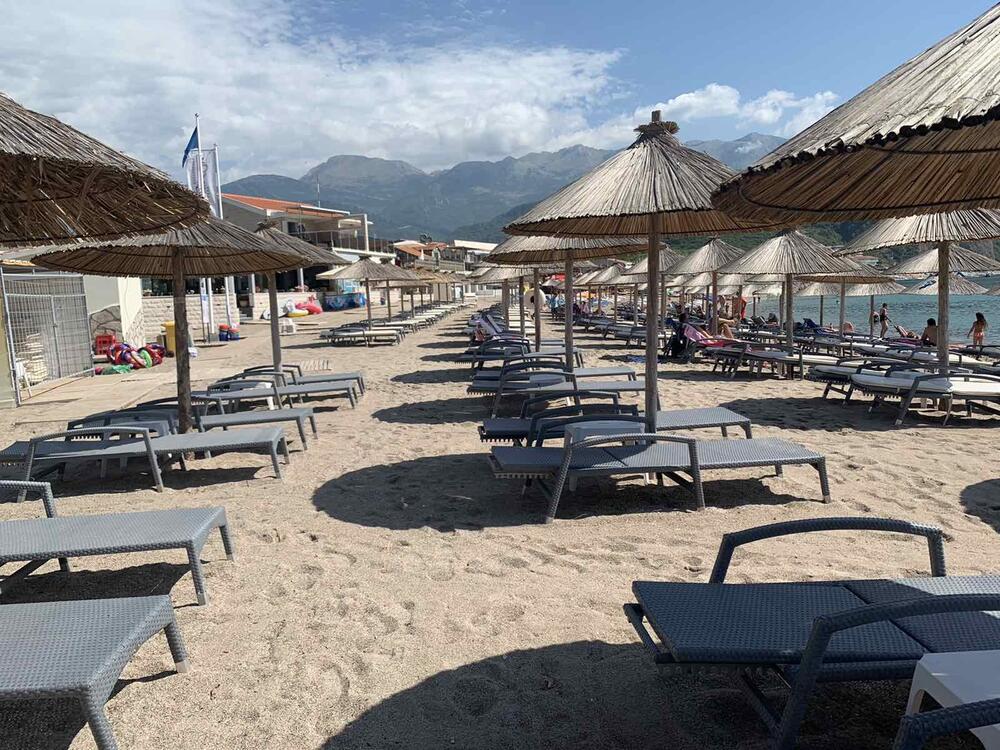
Montenegro's diverse industries drive its economy, contributing to its growth and prosperity. The tourism sector attracts visitors with natural beauty and historical landmarks. Montenegro leads in renewable energy, particularly hydroelectric power. Manufacturing and service sectors, including food processing, textiles, transportation, finance, and telecommunications, also contribute to the economy.
Infrastructure Development in Montenegro
Montenegro is a modern and sought-after destination with improved infrastructure. New highways, bridges, and tunnels connect different regions, enhancing transportation and accessibility. These projects aim to modernize the economy, attract foreign investment, and improve connectivity within the region. Montenegro's strategic location on the Adriatic Sea further reinforces its infrastructure development as an important transportation hub. Additionally, the country is investing in renewable energy projects for a greener future in Europe.
How does Montenegro's EU Journey Impact its Future?
Montenegro's journey towards EU membership has significant implications for its future, the Balkan Peninsula, and Europe. Situated in Southern Europe, Montenegro acts as a bridge between cultures, fostering regional cooperation. By aligning policies with EU standards, Montenegro ensures compatibility with European counterparts. Access to the EU market offers trade opportunities and economic growth. The EU journey benefits Montenegro's infrastructure development, improving transportation networks and environmental sustainability. These improvements enhance the quality of life and make Montenegro an attractive destination for individuals and businesses.
Furthermore, Montenegro's EU journey fosters the consolidation of democratic institutions, promoting good governance, human rights, and the rule of law. Montenegro's political map demonstrates its commitment to the principles and values upheld by the European Union, further reinforcing its position as a stable and reliable partner in the region. Through its EU accession process, Montenegro contributes to regional stability, fostering peace, security, and cooperation on the map in Europe.
Montenegro's journey towards EU membership reflects its commitment to growth, progress, and stability. Its strategic location and regional importance make it an attractive investment destination. With a diverse population and rich history, Montenegro offers a unique cultural experience. EU membership will enhance the economy, infrastructure, and living conditions for its people. Join Montenegro's exciting chapter of growth and success!
Bonus video:



